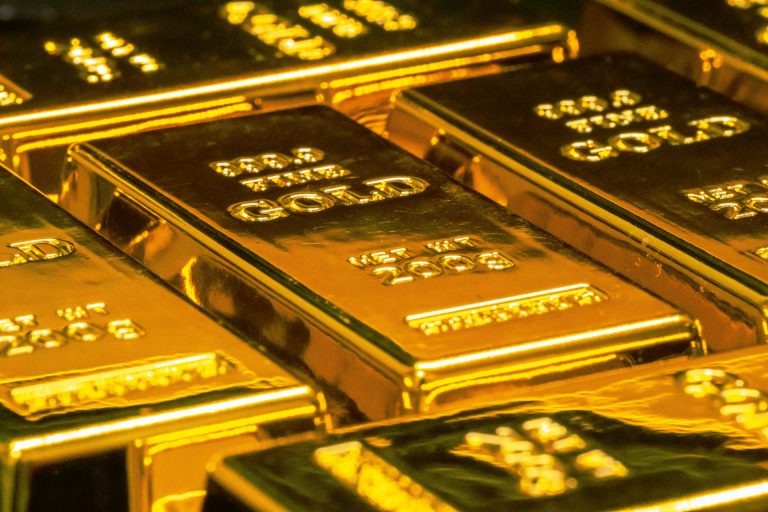Dear Investor,
As a shareholder you are probably asking yourself every quarter how the earnings of companies in your portfolio will turn out. Whether they will beat analyst expectations often seems akin to a lottery.
However, what is not akin to a lottery are the seasonal trends of corporate earnings and stock prices. Thus breweries will usually report stronger quarterly earnings after the summer season than after the winter season. You may not believe this to be possible, but many analysts are actually still surprised when breweries report strong numbers after the summer season. Share prices will often rise in such situations.
Technology stocks exhibit seasonal trends as well
Seasonal patterns of earnings and stock prices are not only characteristic of breweries, they are a feature of a great many different industries. As an example I have picked a well-known technology stock that also exhibits seasonal fluctuations, namely Intel (INTC).
Intel typically rallies in April
The seasonal chart below shows the seasonal pattern of Intel in the course of a year. This is not a standard chart of the stock price. Instead it was calculated by averaging the stock’s returns over the past 20 years. The horizontal axis shows the time of the year, the vertical axis the level of the seasonal index (i.e., the averaged percentage moves of the past 20 years). One can see at a glance at what time of the year Intel’s share price typically tended to rise or fall.
Intel, seasonal pattern over the past 20 years

Intel typically rallies in April after posting its Q1 earnings report. Source: Seasonax
I have highlighted the seasonally strong period from April 14 to May 02 in dark blue. In this time period of approximately three weeks Intel’s stock price typically tended to advance rapidly. The average gain amounted to 5.54%, which is quite a lot given the brevity of the holding period. On an annualized basis it is equivalent to a very impressive gain of +207.29%.
The move is driven by Intel’s Q1 earnings, which are usually reported between mid and late April. These have often delivered positive surprises.
Intel rose in 14 out of 20 cases
Intel’s share price rallied in the seasonally strong period from April 14 to May 02 in 14 out of 20 cases. In the 14 years when gains were achieved, the return over this time period averaged 8.90%, in years in which the share price lost ground, the losses averaged just 1.90%. What makes this time period particularly impressive is therefore not only the fact that the stock price has rallied quite frequently, but also the fact that the average gain has exceeded the average loss by a substantial margin.
The bar chart below depicts the return of Intel’s stock in the time period April 14 to May 02 in every single year since 1999. Blue bars denote gains, red bars denote losses.
Intel, percentage return between April 14 and May 02 in every single year since 1999

Gains were achieved in 14 of 20 cases, with the largest amounting to 21.44%! Source: Seasonax
In 2001 Intel experienced a particularly strong rally between April 14 and May 2, posting a gain of 21.44%. By contrast, losses were relatively small – and above all rare, as the paucity of red bars indicates.
Intel is but one example – make use of the SeasonaxApp to find others!
Intel is but one example of a stock exhibiting a strong seasonal uptrend in a very compressed time frame. There are a great many more individual stocks with exploitable seasonal patterns.
You can test the SeasonaxApp at app.seasonax.com and examine the seasonal trends of your favorite stocks and other potential candidates for purchase out of more than 10,000 securities!


